The Central Valley of Maui, also known as Maui’s isthmus, is a region of the island known for its agricultural significance and natural beauty. This area is home to a variety of plants, both native and non-native. Unfortunately, alongside the crops and native flora, there are also prevalent weed species that can threaten the health of the ecosystem and disrupt agricultural activities. In this essay, we will explore the ten most prevalent weeds in Maui’s Central Valley, their impact on the environment, agriculture, and the efforts to manage and control them.
1. Guinea Grass (Panicum maximum): 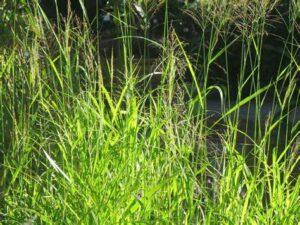
Guinea grass is a persistent weed in Maui’s Central Valley. It forms dense clumps and can outcompete native vegetation. Its rapid growth and aggressive nature make it challenging to control, especially in areas adjacent to farmlands.
2. Bermuda Grass (Cynodon dactylon): 
Bermuda grass (crabgrass) is a common weed that invades lawns, pastures, and agricultural fields in Maui’s Central Valley. It can form a dense turf, outcompeting desired crops and native plants. Its tolerance for various soil conditions makes it a formidable adversary for farmers.
3. Fireweed (Senecio madagascariensis): 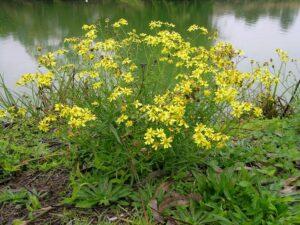
Fireweed is an invasive plant species that has a significant presence in the Central Valley. It spreads rapidly and competes with native vegetation, disrupting the local ecosystem. It is toxic to livestock, posing a threat to agriculture and grazing animals.
4. Mile-a-Minute Weed (Mikania micrantha): 
Mile-a-Minute Weed is a highly invasive vine that can quickly smother native vegetation. Its ability to grow up to six inches per day makes it challenging to manage. It affects the ecological balance and biodiversity of the area.
5. Banana Poke (Passiflora tarminiana): 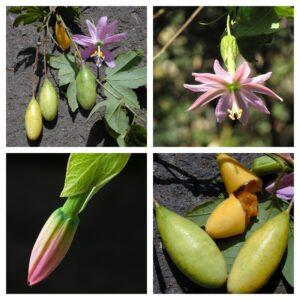
Banana poke is a vine native to South America that has invaded Maui’s Central Valley. Its rapid growth and ability to smother native trees make it a formidable invasive species. It also outcompetes native pollinators, disrupting the ecological relationships in the region.
6. Christmas Berry (Schinus terebinthifolius): 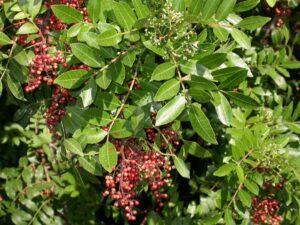
Christmas berry has invaded the Central Valley as well. This invasive tree competes with native flora and disrupts the natural balance of the ecosystem. Its red berries attract birds that disperse its seeds, leading to further spread.
7. Velvet Grass (Holcus lanatus): 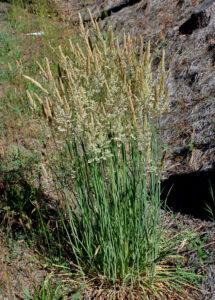
Velvet grass is an invasive weed that can displace native plants in the Central Valley. It forms dense stands and can be detrimental to the forage quality for livestock. Controlling its spread is essential for maintaining agricultural productivity.
8. Koster’s Curse (Clidemia hirta): 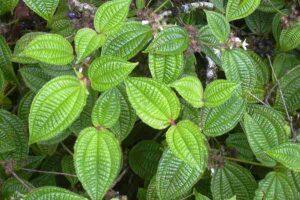
Koster’s curse is a shrub native to South America that has become invasive in Maui’s Central Valley. It can form dense thickets, outcompeting native vegetation, and posing a threat to the local ecosystem. Its growth patterns make it challenging to control.
9. Lantana (Lantana camara): 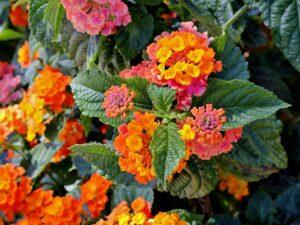
Lantana is a colorful but invasive shrub that has spread throughout the Central Valley. It outcompetes native plants and reduces biodiversity. It is also toxic to livestock, posing a threat to agriculture.
10. Australian Tea Tree (Melaleuca quinquenervia): 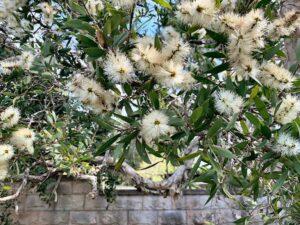
Australian tea tree, or paperbark tree, is an invasive species in Maui’s Central Valley. It can displace native trees and disrupt the natural ecosystem. Its dense growth can affect the hydrology of the area, which can have downstream impacts.
Efforts to control these invasive weeds in Maui’s Central Valley are vital for maintaining both the agricultural productivity and the natural beauty of the region. These efforts often include a combination of manual removal, herbicide treatments, biological control methods, and public education to prevent further spread. Cooperation among local farmers, conservation organizations, and government agencies is essential to tackle the challenges posed by these invasive species.
In conclusion, the prevalence of these ten invasive weed species in Maui’s Central Valley threatens the health of the local ecosystem and agriculture. The continued efforts to manage and control these invaders reflect the determination of the community to protect their environment and livelihoods. As we strive to strike a balance between conservation and agricultural productivity, it is essential to work together to preserve the unique beauty and ecological integrity of Maui’s Central Valley.
12.04.2023-TF-SB



